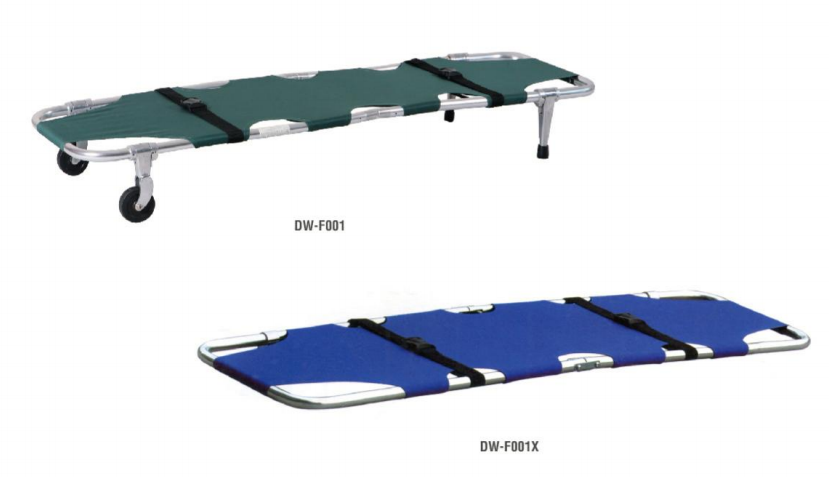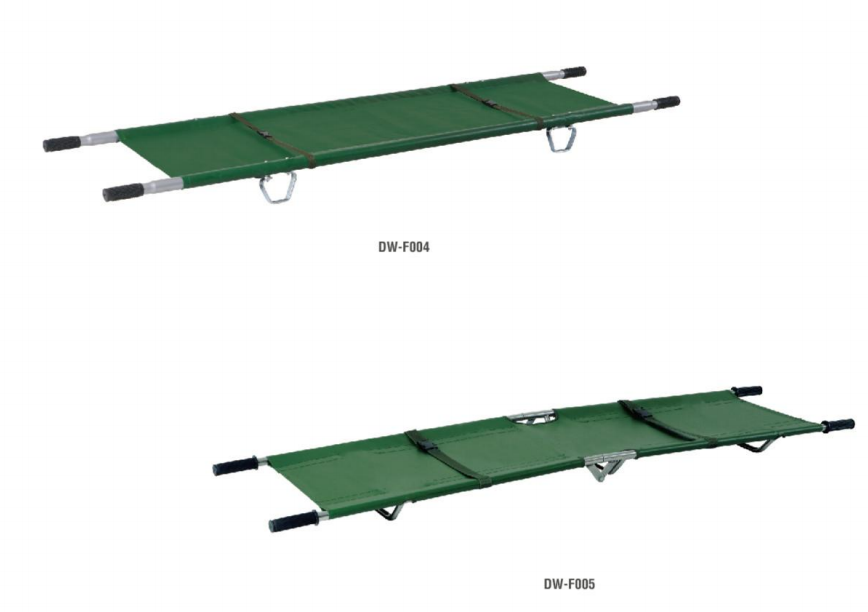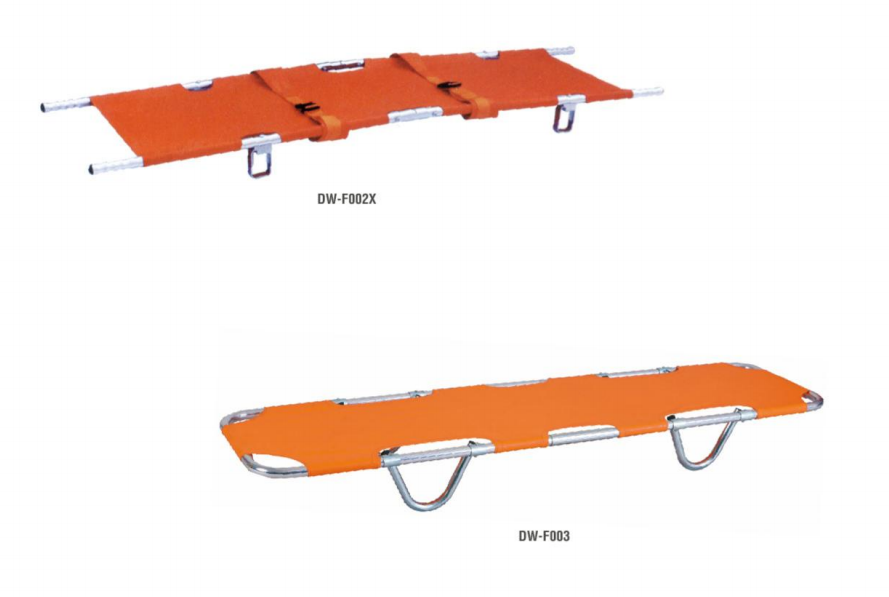Stretchers equipped with breathable fabric represent a significant advancement in patient - centric medical design, focusing on improving comfort, hygiene, and overall well - being during transportation and care. These fabrics are carefully engineered to address the challenges associated with traditional non - breathable materials, such as excessive sweating, skin irritation, and the risk of pressure ulcers.
Fabric Technology and Design
The key to breathable fabrics lies in their unique structure and material composition. High - performance textiles, such as mesh - based materials and engineered polymers with specialized pore structures, are commonly used. Mesh fabrics, for example, feature an open - weave construction that allows air to circulate freely across the patient’s body, facilitating heat dissipation and moisture evaporation. This helps maintain a more stable skin temperature and reduces the buildup of sweat, which can lead to discomfort and skin maceration.
Some breathable fabrics are also treated with advanced coatings or incorporate functional fibers. Antimicrobial agents can be integrated into the fabric to inhibit the growth of bacteria and fungi, enhancing hygiene. Moisture - wicking fibers draw sweat away from the skin’s surface and disperse it across the fabric for faster evaporation, keeping the patient dry. Additionally, the fabric’s elasticity is carefully calibrated to provide a gentle yet supportive surface, conforming to the patient’s body shape without restricting movement.
Clinical Benefits
The use of breathable fabric on stretchers offers substantial clinical advantages. For patients who need to remain on the stretcher for extended periods, such as those in transit between hospitals or undergoing long medical procedures, improved air circulation reduces the risk of developing pressure ulcers. By preventing excessive sweating and maintaining a dry skin environment, the fabric minimizes the friction and shear forces that contribute to skin breakdown.
Infection control is another crucial aspect. Breathable fabrics are often easier to clean and disinfect compared to some traditional materials. Their smooth surface and resistance to moisture penetration make it more difficult for bodily fluids, dirt, and pathogens to adhere, simplifying the decontamination process. This helps maintain a hygienic environment, reducing the likelihood of cross - contamination and nosocomial infections.
Patient Comfort and Experience
Patient comfort is significantly enhanced with breathable fabric stretchers. The constant airflow and dryness provided by the fabric contribute to a more pleasant experience during transportation. Patients are less likely to feel hot, sticky, or restless, which can be particularly important in stressful medical situations. Moreover, the soft and conforming nature of the fabric reduces pressure points, alleviating discomfort and promoting relaxation.
Practical Applications
These stretchers find wide - ranging applications in various healthcare settings. In emergency medical services, where patients may be in a vulnerable state and require immediate transport, the breathable fabric helps ensure their comfort during the journey. In hospitals, they are ideal for use in post - operative recovery areas, intensive care units, and during patient transfers, where maintaining skin integrity and patient comfort is paramount. Additionally, in long - term care facilities and rehabilitation centers, stretchers with breathable fabric support the ongoing well - being of patients with limited mobility.
In conclusion, stretchers with breathable fabric combine innovative textile technology with patient - focused design. By addressing comfort, hygiene, and clinical needs, they play a vital role in improving the quality of patient care during transportation and treatment, setting new standards for medical equipment in the healthcare industry.


